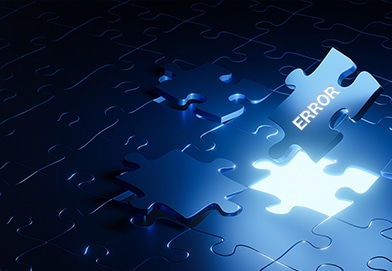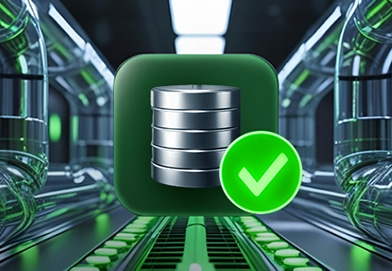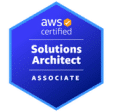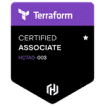Does the idea of “choosing the right database engine for your application” make you want to pull your hair out? With so many engines, it’s easy to feel overwhelmed. But fret not; this blog post aims to guide you through the process by providing insights into different types of database engines, evaluating your organization’s needs, and presenting popular engines and their use cases. By the end of this post, you’ll be equipped with proper data management and knowledge to make an informed decision that best suits your organization’s requirements.
Short Summary
- Selecting the right database engine requires an evaluation of features, data structure complexity, scalability, and performance needs.
- When choosing a suitable engine, integration with existing systems, cost, and maintenance should also be considered.
- Popular options include MySQL (relational), PostgreSQL (open-source relational), MongoDB (NoSQL), SingleStore & Snowflake (cloud-based), MS-SQL, and more.

What Is a Database Engine?
A database engine is the core software component of a database management system that handles the storage, retrieval, and manipulation of data. It processes queries, manages transactions, and ensures data integrity and performance. With so many database engines on the market, it is difficult to choose the right database.
Database engines play a crucial role in managing and storing data for organizations, and choosing the proper engine is essential for efficient data storage and retrieval. There are primarily two types of databases: relational and NoSQL. Relational databases offer structured data storage suitable for web applications, ERP, CRM, and banking systems. In contrast, NoSQL databases provide flexibility and scalability for unstructured data, big data, and real-time analytics.
Ultimately, the right database management system for your organization depends on various factors such as data privacy, structure, scalability, performance, and what you will use your database for. Exploring different management systems and evaluating their features and capabilities is essential to make an informed decision. For example, is Mysql suited for analytics?
Relational Databases
A relational DB is a type wherein data is organized in tables, with each table related to the other and each row representing a record identified by its primary key. Relational databases, such as MySQL, offer organized storage and maintain ACID (Atomicity, Consistency, Isolation, Durability) properties, making them well-suited for web applications, ERP, CRM, and banking systems. Data arranged in a row-column order is most conducive to a relational database and is often called an SQL database. In contrast, key-value databases, a type of NoSQL database, are more suitable for simple data models and high-performance applications.
NoSQL Databases
A NoSQL database, such as MongoDB, Redis, and Elasticsearch, is another type of database management system that offers flexibility and scalability and is suitable for managing unstructured data, big data, and real-time analytics. They differ from relational databases because they do not employ the tabular relation methodology of relational models and are often called “document databases”. Rapid implementation for agile software development is another advantage of NoSQL databases.
There are three main types of NoSQL databases: document databases, key-value stores, and graph databases. Document databases, such as MongoDB, store data in formats like JSON, making them a popular choice for modern applications requiring flexibility and scalability. Key-value stores like Redis are suitable for simple data models and high-performance applications. At the same time, graph databases like Neo4j are perfect for handling large data volumes and complex relationships between entities.
NewSQL Databases
NewSQL databases, such as SingleStore, combine the benefits of relational and NoSQL databases, offering scalability and ACID properties for modern applications. They are particularly beneficial for the finance and banking, e-commerce, and enterprise management sectors that require ACID properties in data transactions. Additionally, SQL databases, like columnar databases, can be a part of the NewSQL solutions, providing efficient storage and retrieval.
By providing a balance of scalability and performance, this new management system caters to the growing demands of contemporary applications that need both the structure of relational databases and the flexibility of a NoSQL database.
In Memory Databases
As the price of memory decreased and memory capacity increased, in-memory databases have become popular for power-specific applications. Redis, Aerospike, Apache Ignite, Vitess, and many more are often used to cache and scale critical applications. Some of them are used as key-value databases, search engines, full-text search, and others. These systems have very low latency, allowing fast access to data. Vertical and horizontal scaling can be easily accomplished by upgrading the server size (and memory) or adding additional resources to the pool.

Have you ever wondered if there’s a better way to manage and access your data? Schedule a free consultation and discover how the proper database could transform your application!
How to Evaluate Your Organization’s Needs
Before diving into the nitty-gritty of database engines, it’s vital to evaluate your organization’s needs. Conducting an internal audit ensures that the chosen database engine aligns with your organization’s requirements and can efficiently manage all your data. Some of the factors include:
Data Structure and Complexity
The data structure and complexity of an organization’s data can significantly influence the performance and effectiveness of a database engine. When evaluating your organization’s data structure, consider the complexity and determine whether a fixed schema or a flexible model is better suited for your organization. Fixed schema data models, such as relational databases and key-value stores, have a predefined structure and do not allow changes. On the other hand, flexible data models, such as document databases and graph databases, permit modifications to the data’s structure, allowing for greater adaptability as your organization’s data science needs evolve.
The choice of data structure can significantly impact the efficiency of the algorithms used to process the data. For example, a relational database may be more productive for processing structured data, while a graph database may be more productive for processing unstructured data. Understanding the intricacies and choosing the appropriate model is crucial for optimizing database performance.
Scalability and Performance
Scalability and performance are critical components to consider when selecting an engine, as they determine the capability of the database to manage rising volumes of data and user activity. When evaluating your organization’s scalability and performance needs, it is essential to consider the capacity of distributed systems to handle large volumes and multiple users simultaneously.
Different engines offer varying scalability and performance capabilities. Generally, relational databases are more scalable than NoSQL databases, while NoSQL databases usually provide higher performance. NewSQL databases balance scalability and performance, catering to the diverse needs of modern applications.
It is crucial to align the database engine’s scalability and performance capabilities with your organization’s requirements to ensure optimal results.
Security and Compliance
Security and compliance are paramount when selecting an engine, as they help safeguard sensitive information from cyberattacks, insider threats, and unauthorized access. Additionally, they assist organizations in fulfilling legal and regulatory requirements.
When assessing your organization’s security and compliance requirements, confirm that the selected engine fulfills the necessary standards. Ensuring that the engine meets your organization’s security and compliance needs is vital for protecting your information and maintaining regulatory compliance.
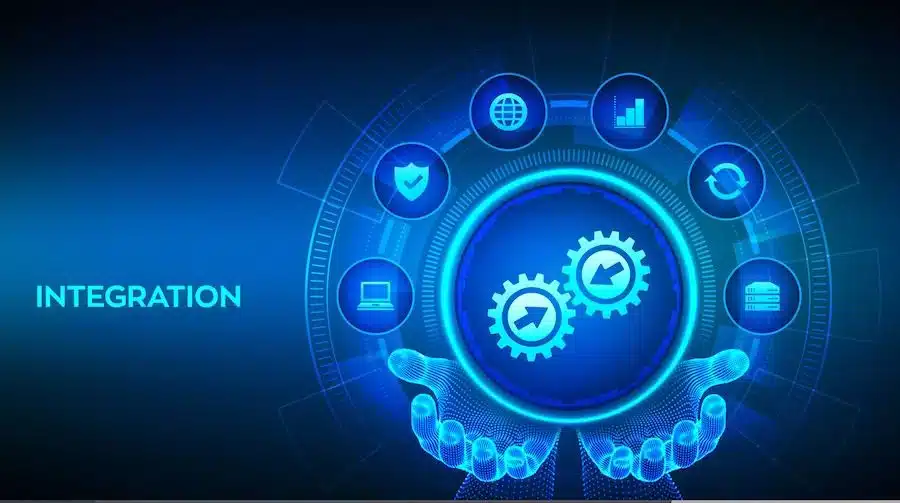
How to Choose a Database Engine: 4 Key Factors to Consider
Now that we understand different database engines better and the importance of evaluating your organization’s needs, let’s examine the key factors to consider when choosing a database engine. These factors include:
1. Existing System Integration
Ensuring compatibility with your organization’s existing systems and technologies is crucial when selecting a database engine. A seamless integration between systems can facilitate efficient data transfer, reduce costs, and streamline operations. It is also important to note that different technologies have varying connectors for other technologies.
Let’s say you’re considering moving from a monolithic database to a nonrelational one, and you have an SQL interface in place for the frontend system to connect to the backend. In this scenario, it would only be advantageous if the nonrelational database offers a SQL-like interface that can easily transition from your application’s front end. Large databases must integrate smoothly with your current systems to ensure efficiency and prevent future problems.
2. Cost and Maintenance
The cost and maintenance of a database engine are essential components to consider when selecting, as they can affect the total cost of ownership (TCO) and system performance. Appropriate maintenance can enhance performance and reduce operational costs while considering the cost of the solution, which can assist in assessing the TCO of a database solution.
Potential costs may include licensing fees, hardware expenses, and maintenance costs. Smaller systems are relatively cost-effective but come with the limitation of limited functionality and often only permit single-use access. In contrast, more robust methods are costly but can be improved and scaled to meet business growth and requirements.
Balancing cost and maintenance considerations with your organization’s needs is key to selecting the most suitable engine.
3. Support and Community Resources
Support and community resources are essential when selecting a database engine, as they can provide assistance and guidance when facing difficulties or queries to retrieve data, furnish a wealth of expertise and best practices for utilizing the database efficiently, guarantee data consistency and integrity, and economize time and money.
When assessing the cost and support resources available for a database engine, it is vital to consider the availability of support and community resources, such as documentation, forums, and professional services. Ensuring that the chosen engine has ample support and resources can significantly contribute to the success and efficiency of your organization’s management.
4. Emergence of Cloud Databases
Cloud databases have emerged as a significant technological advancement in recent years, revolutionizing how businesses store, access, and manage information. Their emergence is a product of the digital revolution, in tandem with the widespread adoption of cloud computing. With the advent of cloud-based solutions, businesses now enjoy streamlined management, scalable storage engines, and greater accessibility.
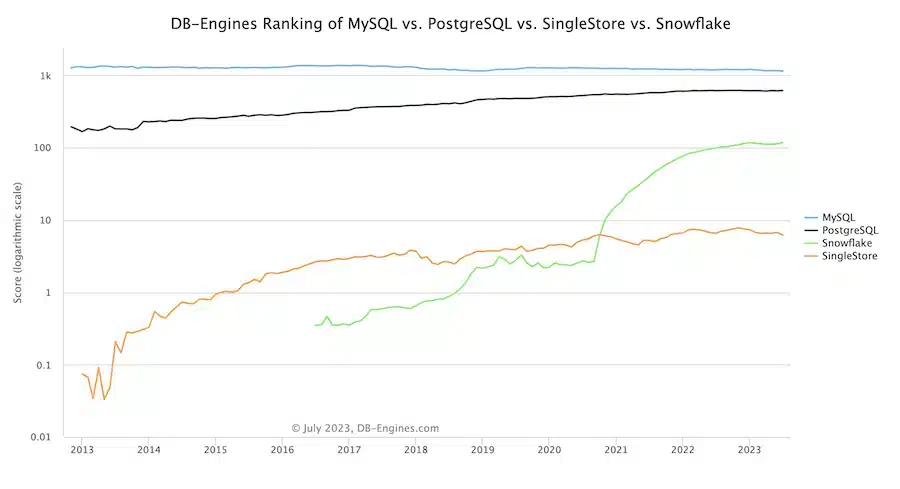
6 Popular Database Engines and Their Use Cases
With a solid understanding of various engines and critical factors, let’s explore some popular ones and their use cases. These examples can provide valuable insights into which engine best suits your organization’s needs.
1. MySQL
MySQL is a widely used relational engine known for its speed, stability, and high-performance capabilities. It is suggested that systems not require extensive scalability. Many high-traffic, database-driven websites, including Facebook, Twitter, Youtube, Drupal, Joomla, and WordPress, frequently employ MySQL.
As a purely relational DBMS, MySQL can be acquired in open-source or proprietary form. Its popularity among database-driven web giants is a testament to its effectiveness and reliability as a relational engine.
When considering MySQL for your organization, evaluating its suitability is essential based on your specific management needs and scalability requirements.
2. PostgreSQL
PostgreSQL is a powerful, open-source relational engine that supports advanced features such as JSON querying and high fault tolerance. It has been actively developed for over 35 years and is renowned for its dependability, versatility, and open-source support. PostgreSQL offers both SQL (relational) and JSON (nonrelational) querying capabilities and is an excellent option for businesses that require storing and retrieving large volumes of data, including web applications, e-commerce sites, and data warehouses.
In addition to its advanced data types like JSON, XML, and arrays, PostgreSQL provides high fault tolerance and support for stored procedures, triggers, and views. Its dependability, versatility, and open-source nature make it a cost-effective option for many businesses. In contrast, its scalability and security features make it ideal for organizations with large volumes of information. PostgreSQL offers a richer feature set and more customization options compared to MySQL, while also being a cost-effective alternative to other databases. Its active developer community and robust performance make it a popular choice for complex, custom-built applications.
3. Microsoft SQL
Another commercially promoted relational database developed by Microsoft to support data storage and data read needs for software applications linked thereto. Various versions have many functions to cater to different customer needs. In this context, large storage volumes for the enterprise can be used as an inexpensive web host and scalable cloud storage platform for a business.
4. MongoDB
MongoDB is a popular NoSQL database engine that stores unstructured data in JSON format and offers advanced querying capabilities. MongoDB is a document-oriented database or document database with high scalability and flexibility, making it a popular choice for modern web applications. This nonrelational database is designed to store and query data as JSON-like documents. MongoDB is regularly employed for web applications, content management systems, mobile applications, document databases, and real-time analytics.
While MongoDB provides scalability, flexibility, and enhanced querying abilities, it can be challenging to maintain and requires considerable resources. Weighing the benefits and drawbacks of MongoDB in the context of your organization’s specific data management needs is crucial for determining if it is the right engine for you.

5. SingleStore
SingleStore is a modern, distributed SQL database that combines the scalability of NoSQL with the familiarity of SQL servers. It is designed to handle real-time analytics and is a fast, distributed, highly scalable SQL database for modern applications in the information-intensive era. It is engineered to provide maximum performance for transactional (OLTP) and analytical (OLAP) workloads in a unified engine, optimizing application performance.
SingleStore provides high performance and scalability for various applications, such as real-time analytics, data warehousing, and machine learning, by offering a combination of the advantages of relational and NoSQL. Many competing databases either focus on traditional RDBMS capabilities (like MySQL) or NoSQL scalability (like MongoDB), but SingleStore combines the best of both, making it highly versatile for modern, high-speed applications.
6. Snowflake
Snowflake is a cloud-based warehouse solution that complies with ANSI SQL standards and is offered as a SaaS (Software-as-a-Service). Its architecture is designed for cloud computing and features a modern SQL query engine.
Snowflake provides a scalable, secure, and economical storage and analysis solution. Snowflake offers organizations a flexible and cost-effective option for storing and analyzing data by providing a cloud-based platform. Snowflake’s separation of compute and storage offers better cost efficiency compared to traditional data warehouses like Amazon Redshift. Its unique collaboration features also make it more flexible for businesses working with partners in a shared data environment.
Enhance Your Applications with the Perfect Database Engine!
Choosing the right engine optimizes your management capabilities and drives organizational success. Understanding the distinctions between relational, NoSQL, and NewSQL databases and aligning them with your specific needs can help you enhance efficiency and integration (while managing costs effectively, too!). The right choice boosts your management and propels your organization toward greater efficiency and success.
Enhance how you manage and access your data! Schedule a free consultation today to discover how the right engine can improve your applications and boost your business performance!
Frequently Asked Questions
Need more information? Here are some frequently asked questions on how to choose a database!
How do I choose a database engine?
When selecting an engine, consider factors like size, concurrent users, throughput, latency, and computation types. Research to find the best fit for your needs, focusing on scalability and cost of ownership. Evaluate features such as transaction support, replication, and security.
How do relational and NoSQL differ?
Relational offers structured data storage and ACID properties, while NoSQL provides flexibility and scalability for unstructured data.


